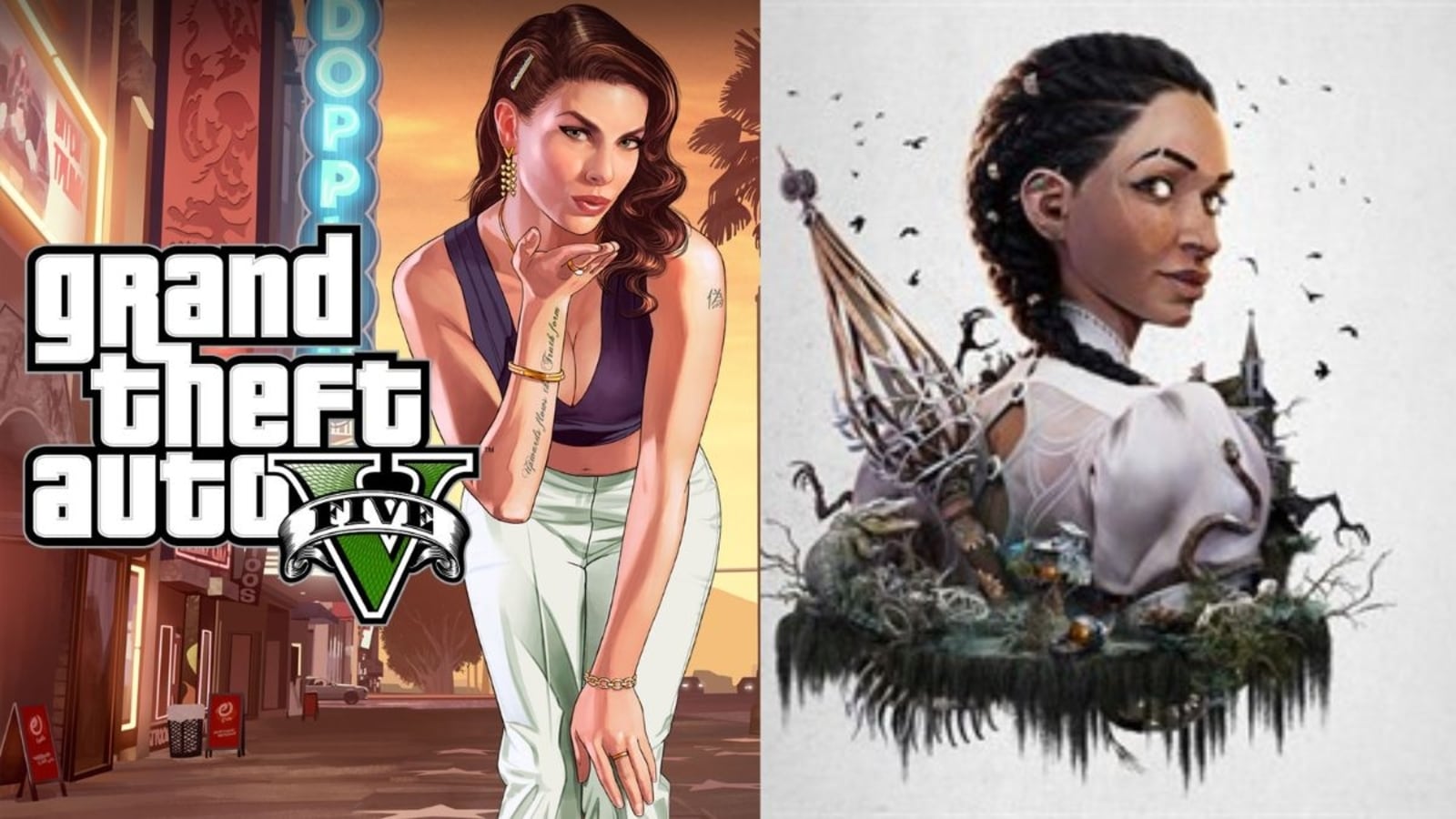Leone’s 1966 classic spaghetti western “The Good, the Bad and the Ugly,” about three gunslingers searching for hidden Confederate gold, inspired the narrative structure of “The Last Wish,” with several characters — including Goldilocks — competing with Puss to find the Wishing Star. “For us, instead of the Good, the Bad and the Ugly, it’s the Good, the Bad and the Goldi,” said Crawford, who referenced Leone’s film in his initial pitch to the studio. “Just as the Ugly was a misunderstood character, when Goldi and the Bears come onscreen, you think they’re going to be villains, but then you find out there’s this deeper side to them.”
Leone’s work also influenced visual moments in “The Last Wish,” including an extreme close-up of Puss’s eyes that evokes Clint Eastwood’s iconic stare, and even its sonic palette. The Wolf whistling an ominous tune at his first meeting with Puss in a cantina is an homage to the character of Harmonica in “Once Upon a Time in the West,” whose every appearance was accompanied by a discordant, apocalyptic melody. “We gave that challenge to the composer, Heitor Pereira,” Crawford said. “We wanted a whistle that was not creepy at the beginning, but then, once you meet the Wolf and knew what it meant, would not only cause Puss’s hair to stand up, but also the audience’s hair to stand up on their arms every time they heard it.”
‘Yojimbo’
Crawford loves the samurai films of the director Akira Kurosawa, particularly “Seven Samurai” and “Yojimbo.” “In ‘Seven Samurai,’ you enter into it going, ‘This is going to be an action movie,’” he said. “And what surprises you is the depth and the humanity.”
In the first meeting between the Wolf and Puss, the graphic lighting echoes that of “Yojimbo,” when Toshiro Mifune is walking alone through the dust. And the characters’ final showdown is based in a code of honor that recalls that of a samurai. “The Wolf is an antagonist to Puss in Boots, but he’s not the villain,” Crawford said. “In a way, Puss is his own villain, with his cavalier disregard for life. We ended up in this Kurosawa-esque samurai moment where it’s a staredown, and the Wolf essentially has this moral code where he can’t kill Puss in Boots now because Puss actually appreciates life and thereby respects death.”
























